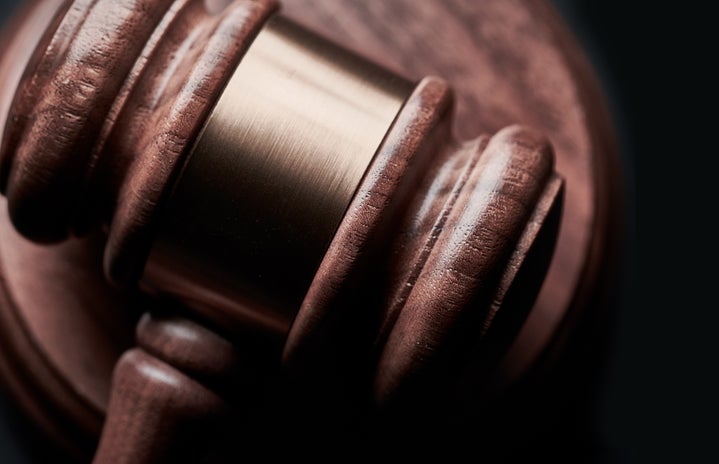Brazil, May 13th, 1888. Princess Isabel, daughter of Emperor Dom Pedro II, signs the historical Lei Áurea, the one which abolishes slavery in Brazil. Being a system heavily used for more than 300 years in our country, slavery was consolidated not only as the main labor force but also as an essential piece of national economy. As its abolition barely helped former slaves, slavery definitely left its deep social wounds.
It is known that more than 3,5 million africans were enslaved and brought by force to Brazil as commodities from the 16th century to the 19th. Their slavery was justified by erroneous scientific theories based on racial superiority, once black people were judged by white people as inferior.
Even though they were nothing more than objects for Portuguese colonizers, their work force sustained the brazilian economy, once all of the exported products were being produced by slave labor. Due to its importance, this practice took a long time to end. Brazil was the last country to abolish slavery, and yet only for external pressure from another countries, such as England, and internal pressure from the quilombo communities.
Missa Campal in Rio de Janeiro brings together Princess Isabel and about twenty thousand people to celebrate the Lei Áurea / Image Source: Antônio Luiz Ferreira, 1888
As Princess Isabel signs the Lei Áurea, slavery was forbidden by law. And what happened to former slaves? They received no kind of support or assistance to reenter society. The lack of opportunities and options for them was more than real, and as result they were totally marginalized. Racism in Brazil was structured over the years even before the May 13th of 1888. A series of legislative measures made it possible to marginalize black men and women.
Lei Áurea had its importance and we can’t take its credit. It definitely enabled a series of other achievements, but it wasn’t elaborated along with others laws that could decrease the already existing social inequalities. As examples, the Imperial Act of 1834 stated that black people couldn’t enroll in schools and the 1850’s Land Law that established purchase as the only way to acquire a piece of land. Therefore, Brazil started to build a society increasingly unequal, one which black people were constantly disadvantaged.
And as we analyze the european immigration movements to Brazil we clearly see the treatment difference in comparison to former slaves. Germans and italians, mostly, were encouraged to immigrate to Brazil to replace slave labor. And those who came received a piece of land, some money, and animals as a kind of head start, while black men and women are dismissed without land, education, and work.
As we look back to this history of racism built not only by society but also by the State, it is not so difficult to explain why Brazil remains such an unequal and unfair country. The kind of racism we have today is structural. We see it in the prisons with a black majority, we see it on the streets who are the ones that are still being marginalized, and we see it at the universities that has its majority as white.
The white colonizer mindset is unfortunately still present in today’s society. The police force is still working for those who follow these european patterns as state policies also are. The scars of a slaved country are deep and still showing. The Lei Áurea ended slavery on paper more than 100 years ago, but when are we going to end it for real? The wounds of brazilian slavery are evident and violent, we either fight it or we are part of it.


